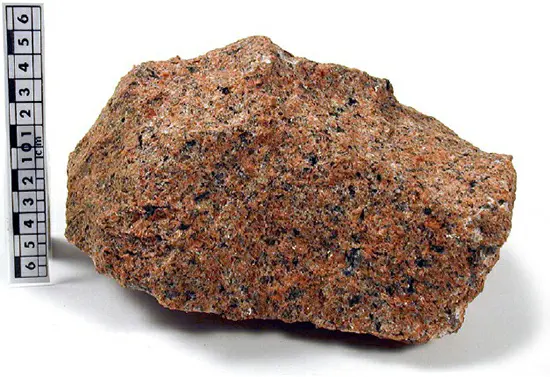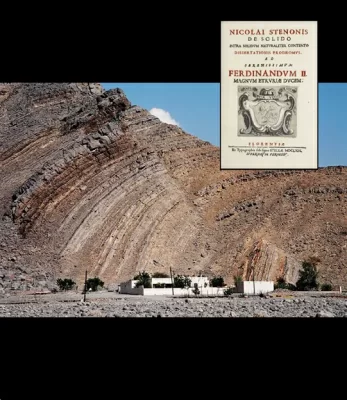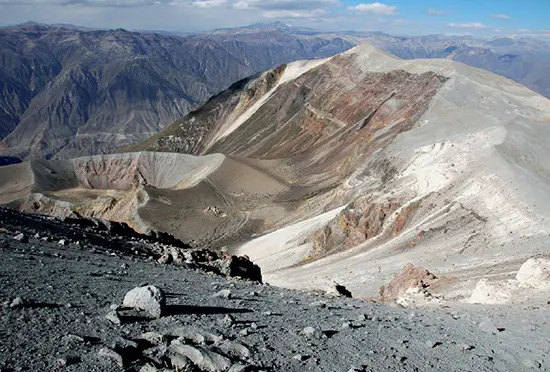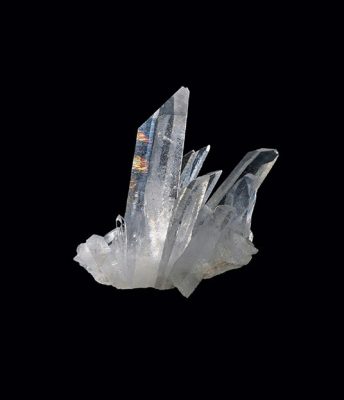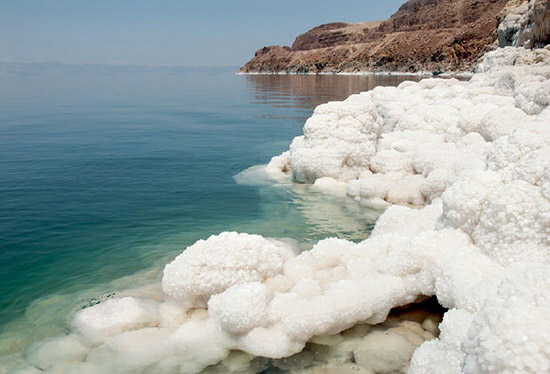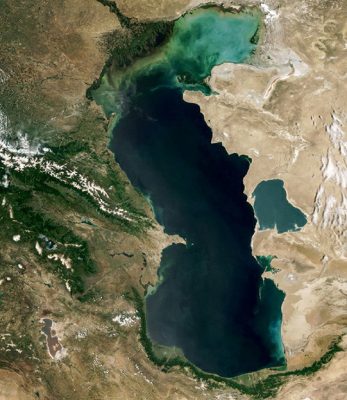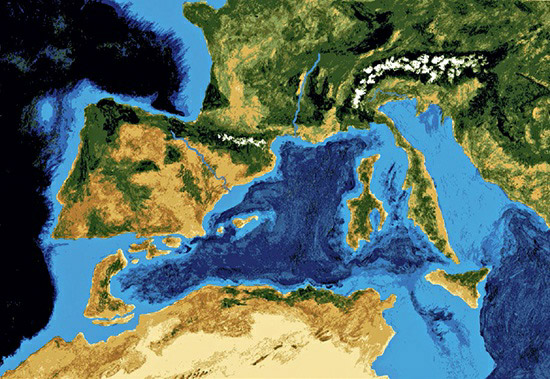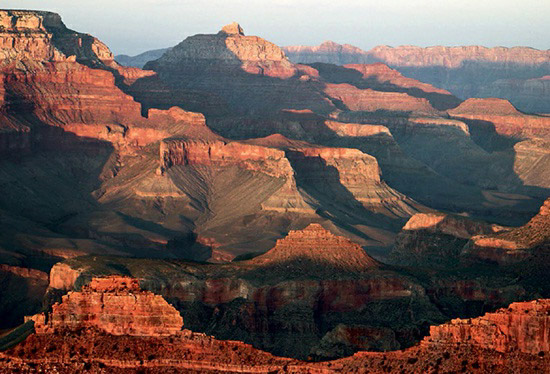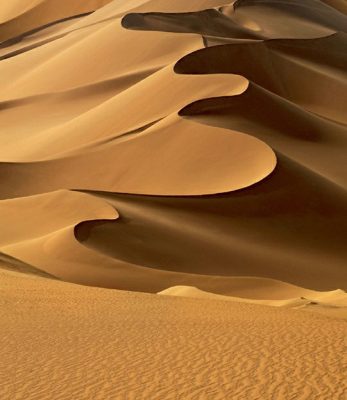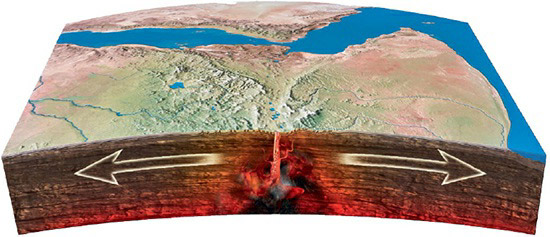Tag Archives: Geology
1747: Feldspar – The Backbone of Continental Crust
Feldspar, constituting a major part of the Earth's continental crust, is a framework silicate mineral rich in silicon, oxygen, and elements like calcium, potassium, and sodium. First named by Johan Gottschalk Wallerius in 1747, feldspar's [...]
1669: Nicolas Steno – The Father of Stratigraphy
Nicolas Steno, initially trained in anatomy, revolutionized geology by establishing foundational principles of stratigraphy. His work in the 17th century, recognizing fossils embedded in rocks and formulating principles like the Law of Superposition and Principle [...]
1600: The Devastating Huaynaputina Eruption
The Huaynaputina volcano in southern Peru witnessed a catastrophic eruption in February 1600, one of the Andes' most severe volcanic events. Preceded by earthquakes and steam eruptions, its explosive Plinian plume significantly impacted the global [...]
c. 300 BCE: Quartz – A Versatile and Abundant Mineral
Quartz, the second most abundant mineral in the Earth's crust, is known for its chemical resilience and diverse forms. Used historically and industrially, it plays a crucial role in various applications, from jewelry to electronics
c. 3 Million BCE: The Dead Sea – Earth’s Lowest and Saltiest Lake
The Dead Sea, situated in a rift valley created by plate interactions, is the lowest elevation lake on Earth. Hypersaline and with a history shaped by cycles of uplift and subsidence, it has minimal biodiversity [...]
c. 5.5 Million BCE: The Caspian and Black Seas – Remnants of Ancient Geography
The Caspian and Black Seas, formed from the closure of the Tethys Sea due to the collision of the African and Eurasian plates, are the largest inland lakes with unique characteristics, including salinity and anoxic [...]
c. 6.5 Million BCE: The Evolution of the Mediterranean Sea
The Mediterranean Sea formed from the closure of the Tethys Sea due to the collision of the African and Eurasian plates. This process led to significant volcanic activity and mountain building, followed by a drying [...]
c. 6.5 Million BCE: The Grand Canyon – A Geological Masterpiece
The Grand Canyon, one of Earth’s most remarkable geological formations, showcases the powerful erosive force of liquid water over time. It is a prime example of how rivers and streams can shape even the toughest [...]
c. 7 Million BCE: The Sahara Desert – Earth’s Largest Hot Desert
The Sahara, Earth's largest non-polar desert, is characterized by extreme temperatures and low rainfall, formed due to the shifting of continental plates and the closing of the Tethys Sea, resulting in a landscape predominantly shaped [...]
c. 30 Million BCE: The East African Rift Zone – Earth’s Dynamic Crust
The East African Rift Zone, a result of continental rifting and mantle plume activity, is actively splitting the African continent, with predictions of forming two new plates and a new ocean basin in about 10 [...]

